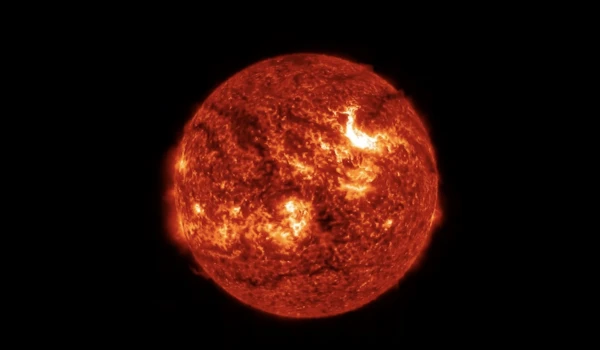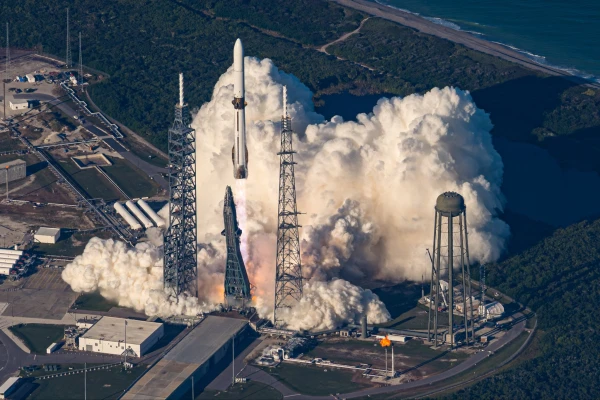
The question of life on a nearby planet will be definitively closed.
NASA may have discovered biosignatures on Mars. But will China be able to deliver critically important samples for final analysis to Earth first? Andrew Jones, a columnist for Space.com, decided to reflect on this question.
Recall that in early September 2025, the Perseverance rover mission team announced the discovery of possible biosignatures in a rock formation named 'Chaiyava Falls' in Jezero Crater. To understand whether the minerals were the result of microbial metabolism or formed through non-biological processes, the collected samples need to be brought back to Earth for more thorough investigation.
Perseverance collected one such sample — a core of rock called 'Sapphire Canyon', sealing it in a cylindrical tube the size of a cigar. It was expected that this and other containers would be returned to Earth as part of NASA's Mars Sample Return (MSR) campaign. However, the project has faced significant delays and multi-billion dollar cost overruns, and now it risks being canceled in the proposed federal budget for 2026 by President Donald Trump, which sharply cuts NASA's funding. While MSR remains in limbo, China has the chance to be the first to achieve the historic return of Martian samples. Its 'Tianwen-3' mission is planned for launch in late 2028, with a return of soil to Earth in 2031. The landing site has not yet been determined, but could the target be Jezero Crater, where Perseverance is operating, and will it be possible to collect similar samples?
According to the plan, 'Tianwen-3' is supposed to collect about 500 grams of Martian material using a drill, a scoop, and a small drone. However, potential landing areas are limited by engineering requirements.
The landing site will be chosen within a latitude range of 17 to 30 degrees north. Jezero Crater, located at 18 degrees north latitude, formally fits. But its elevation makes this option impossible.
The bottom of Jezero is about 2,600 meters below the Martian 'sea level'. However, 'Tianwen-3' needs to land even lower — at least 3,000 meters below the reference level, as noted in an article in Nature written by mission specialists. This is because the spacecraft needs more space to safely decelerate during descent.
There is also another problem — landing accuracy. It is defined by the so-called landing ellipse, which is an elliptical area within which the spacecraft can land. For the Curiosity and Perseverance rovers, this zone was about seven by six kilometers. China has only landed on Mars once so far — in 2021 as part of the 'Tianwen-1' mission, when the rover 'Zhurong' successfully landed in the southern part of the Utopia Planitia. For 'Tianwen-3', the same technology is planned to be used, but with an ellipse of 50 by 20 kilometers, which significantly reduces accuracy and makes it impossible to target narrow areas — for example, where Perseverance collected the 'Sapphire Canyon' sample.
According to Jones, although 'Tianwen-3' will not be able to land exactly in the same places as NASA's rover, Perseverance's recent discoveries may influence the selection of the Chinese site. It is possible that the mission will target clay-rich areas and former riverbeds — such as the area where the 'Sapphire Canyon' sample was found.













Leave a comment